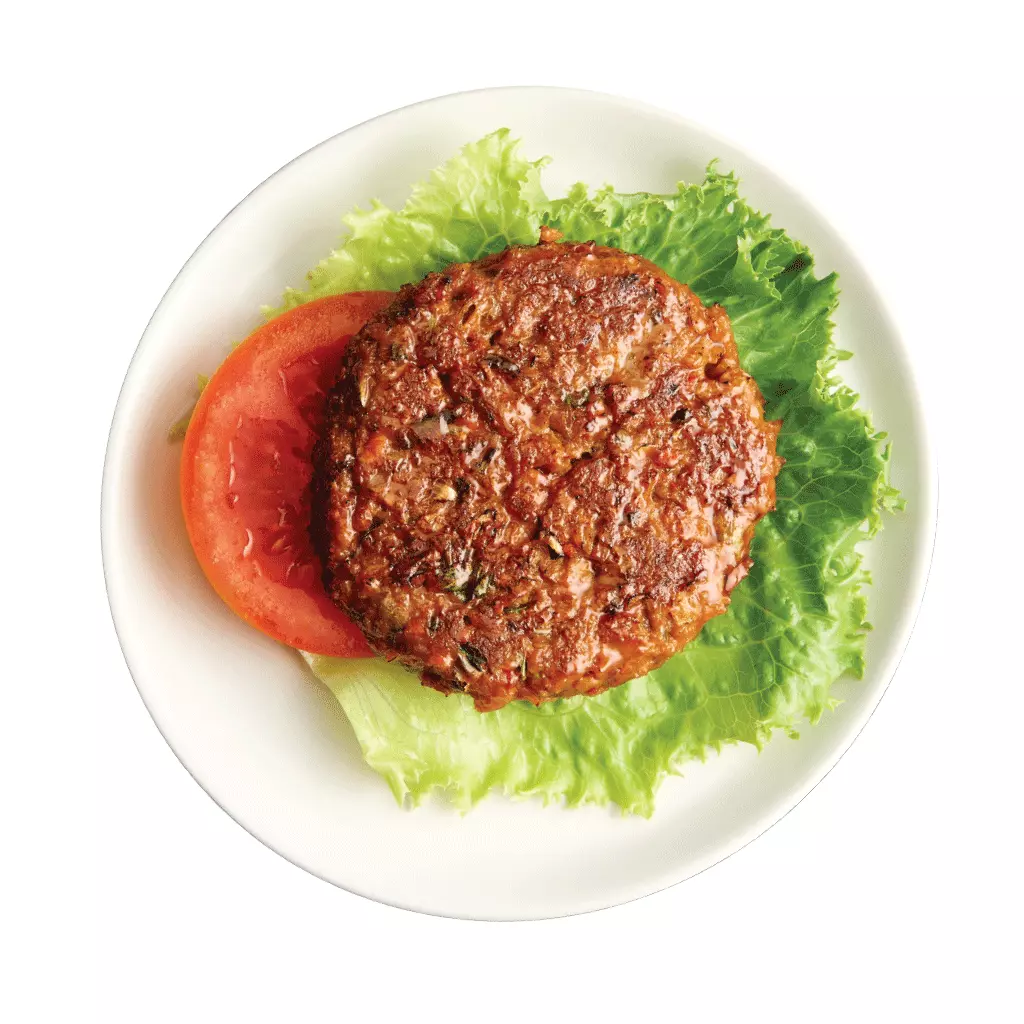Menopause and the associated changes in a woman’s body can be hard to deal with, mainly because the changes creep up slowly. Some of the menopause led symptoms that may occur are depression, mood swings, loss of libido, hot flashes, and weight gain and fat accumulation around the belly and waistline.
During menopause, the levels of hormones in your body fluctuate, affecting your metabolic rate, stress levels, and distribution of fat in the body. All of these can change the shape of your body and your waist size.
Complications
Although adding a few pounds can be healthy and even help prevent osteoporosis (a bone disease that results from reduced estrogen levels), gaining too much weight around your abdomen can be a reason for concern, depending on how the fat distribution occurs.
For a quick recap – not all fat is created equal.
While aesthetically, we may dislike one over the other, there are dangers associated with one of these two fats. Subcutaneous fat is the easy-to-hold fat that forms between the outer skin and the wall of the abdomen. On the other hand, visceral fat is embedded deeply in the skin and surrounds the organs of the abdominal region.
According to a 2016 article published on the Harvard Health Publications website, visceral fat releases cytokines, chemical compounds that raise the risk of heart disease and type II diabetes. Also, visceral fat can contribute to high blood pressure and breast cancer.
Estrogen
Estrogen is an essential fertility hormone in women. It controls the female menstrual cycle and helps increase the uterine wall thickness in preparation for conception and pregnancy.
The production of estrogen in the ovaries decreases during menopause. As a result, the body starts converting most of its caloric intake into fat rather than glucose. This tradeoff is how your body gets estrogen and that sneaky adipose (fat) cells synthesize it. Hence, you are more likely to gain weight during menopause since your body is technically in fat storage mode, coupling that factor with the fact that adipose cells burn fewer calories than muscle cells. Say what? Most people think it’s aging, but there’s a hormonal change going on in the background.
Testosterone
Even though most consider testosterone a male hormone, women also have small amounts of this hormone.
Testosterone helps your body synthesize lean muscle mass from the calories you eat to increase your rate of metabolism. During menopause, the levels of testosterone go down, and the rate of metabolism reduces. As a consequence, your body burns fewer amounts of calories.
Does this have to happen?
Not necessarily, but we also lose muscle mass due to diet and insufficient protein consumption.
Androgen
Androgen, referred to as the male hormone, can also be found in small quantities in women. Androgen increases energy levels, improves mood, and stimulates your sexual desire. Increased levels of this hormone in females can lead to facial hair, a deep voice, and the formation of fat cells around the abdomen.
While the levels of androgen drop during menopause, estrogen levels decrease at a more significant rate, making androgen to be higher in ratio. Before reaching menopause, you may have more weight in the thigh and hip region.
Overweight people usually gain weight around the waist and abdomen. However, during menopause, you may also observe a change in how – and more importantly, where fat now deposits in your body.
Even those with formally flat stomachs may find that they are now getting thicker in this region. Adipose fat accumulates around your belly and reduces in your arms and legs with the onset of menopause.
Progesterone
However, an increased waistline after menopause is not always only stemming from extra belly fat. Retention of water in the body can also lead to a protruding midsection.
Progesterone, an essential hormone for reproduction and different stages of pregnancy – reduces during menopause. According to an article published on the Body Logic website, a decline in progesterone levels causes water retention, making your stomach appear fluffier and increasing your waistline.
Another impact lower progesterone levels have is on your sleep. Are you waking up during the night? It may also be due to lower progesterone levels. Increased tension or anxiety, progesterone strikes again. Progesterone is a calming, relaxing hormone.
Stress
You may also experience depression, anxiety, and a lot of stress during menopause. Stress is associated with sudden weight gain in women in their 40s.
Chronic stress induces the release of cortisol, also known as the stress hormone. According to an article written by Doctor Marilyn Glenville, increased cortisol hormone levels can result in weight gain around the waist area.
Cortisol is produced in the body to provide a burst of energy when you are in danger. However, since chronic stress has now become a part of our daily lives, the body cannot tell the difference between a serious threat and an everyday situation. Therefore, when the body doesn’t use the released energy, it causes weight gain.
You Can Still Overcome the Odds
So, does this mean you are in a losing battle against the age clock?
Not necessarily!
With the proper modifications to your lifestyle, diet, and exercise, the negative impacts of menopause can be minimized or eliminated. Despite the hormonal changes going on inside the body, many women can still successfully shift their body composition and health through dietary interventions.
For example, while focused on postmenopausal breast cancer survivors, this study shows that women who have hit menopause can still successfully shift their weight and health status using dietary strategies like Ideal Protein.
If you’re interested in learning more about addressing the effects of menopause, especially as they relate to your weight and belly fat gain, leave a comment in the form below or schedule a complimentary consultation today.






